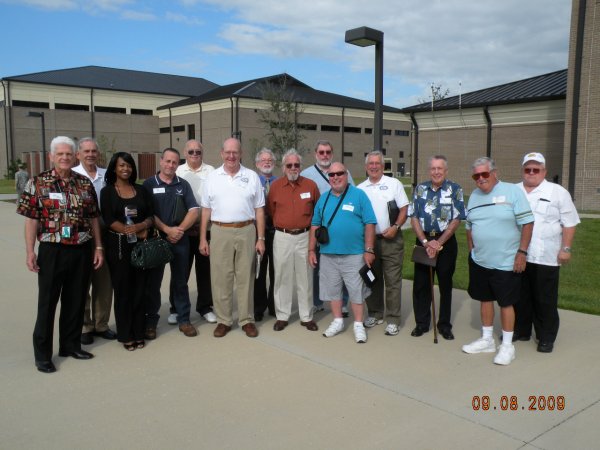
The group. L-R: Dave Hammond, Ivan McAllister, Ms. Tasha Hairston, KAFB Historian, Rich Banta, Harold Freisner, Lowell "Woody" Woodworth, Werner Lamb KAFB Training, Gale Osborne, ?, Al Boucher, Gene McManus, John "Skip" Beach, ?, Gary "Moon" Mullin
Ed: Sorry about the missing names. I`m poor with names. If you know the folks whose names I`ve skipped please let me know & I`ll get them in here.
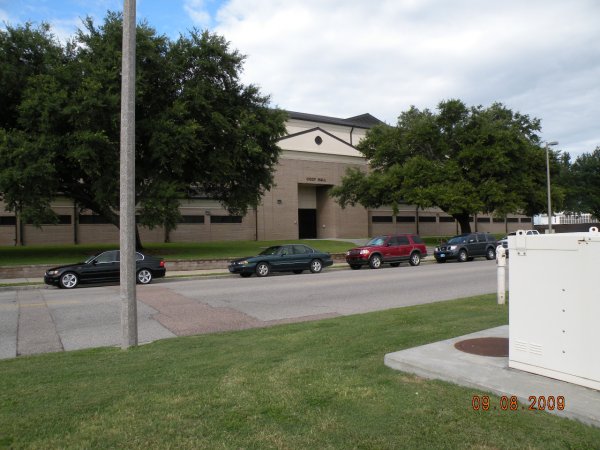
Cody Hall stands about where hangar #1 used to be, and is now the primary "Sets" training building. Imagine, trouble-shooting a transmitter in air-conditioned comfort!
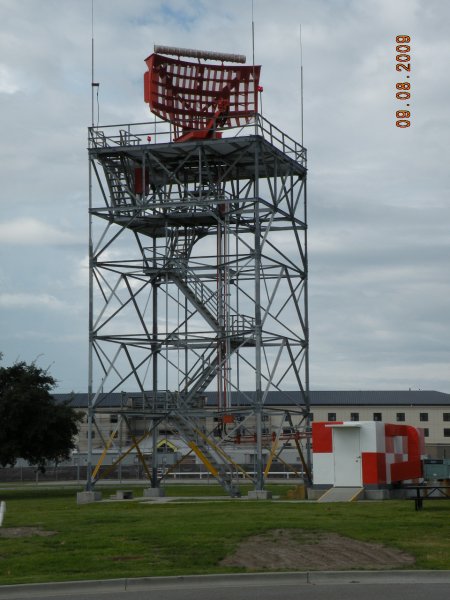
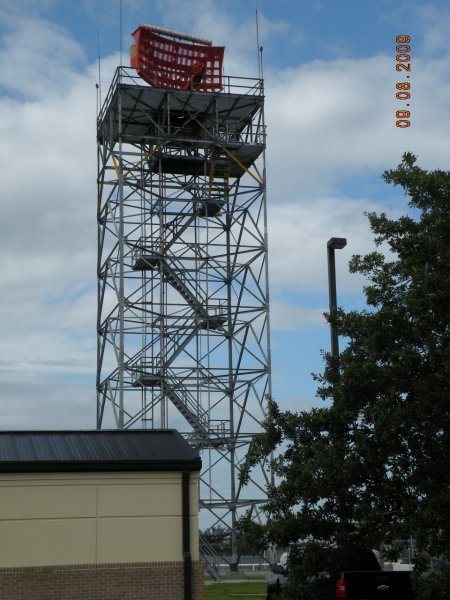
There are two AN/GPN-20 ATC airport surveillance radar (ASR) systems out on the ramp. One on a shorter tower, first photo above; one on a higher tower, above. These are both analog systems. There is also a 3rd GPN-20 "shelter only" system for training.

There are also a couple of the new AN/GPN-30 digital ATC traffic radars (DASR). I was only able to get a photo of one.
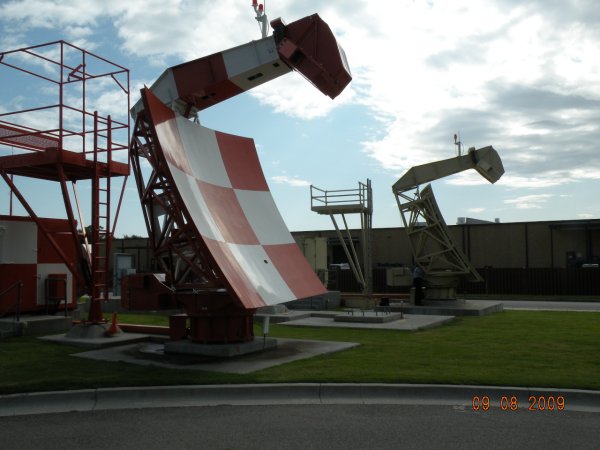
AN/GPN-22 (PAR) precision approach radar. They tell me you land your plane with this one.
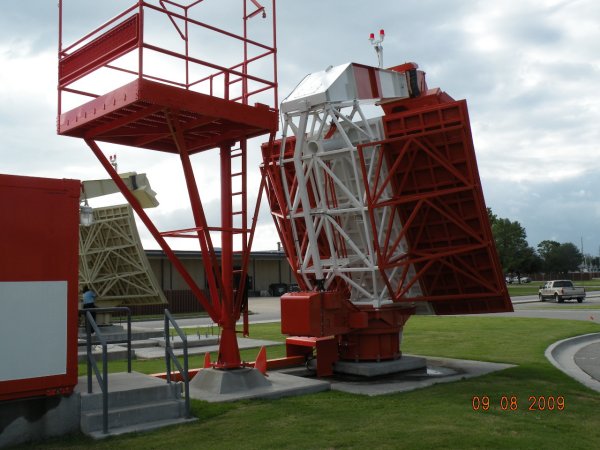
AN/GPN-22, backside of the sail. The sail can be turned, but it does not rotate. You can`t see it in this photo, but there`s a small rifle scope mounted which is used to boresight the antenna to a reflector downrange, normally, the runway. This training unit is not aligned with the runway.
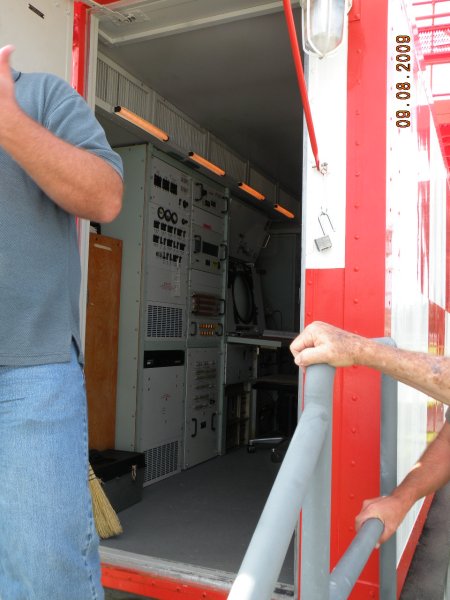
A view inside the GPN-22 maintenance room.
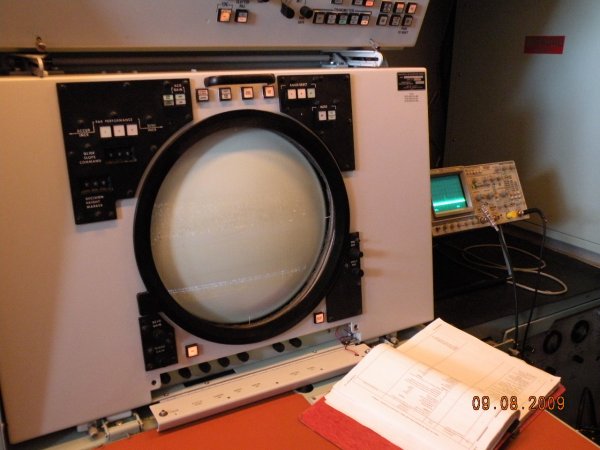
The GPN-22 scope in the maintenance "box".
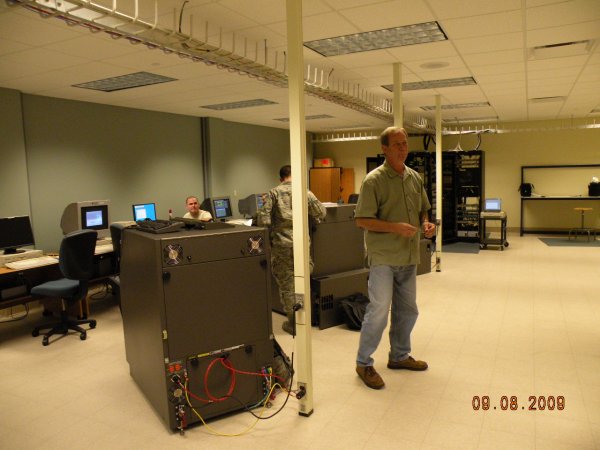
The STARS (Standard Terminal Automation Replacement System) Lab. STARS is the current USAF ATC system in use today. The large brown boxes are digital display monitors (DDM), similar in appearance to the old SAGE displays.
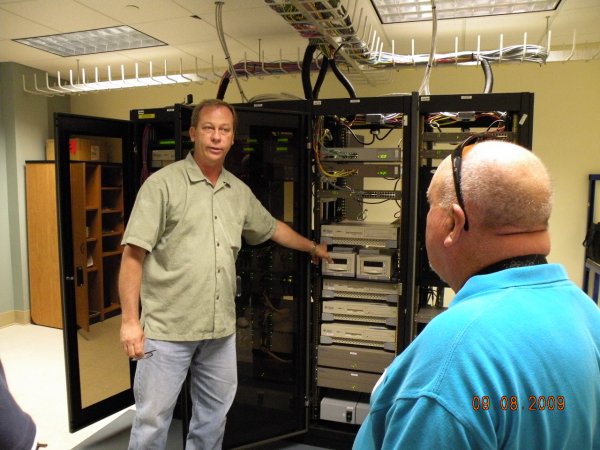
The STARS computers. These are off-the-shelf Sun Microsystems computers and peripherals. Not at all like the AN/FSQ-7s of old. This is a series one system, which is beginning to get old. The field already has series two systems. STARS inputs can come from air route surveillance systems (ARSR), or either local ASR radars, or as is the case with the active KAFB system, a remote ASR radar system. The Gulfport Airport radar inputs are used for the active KAFB system. The reference to the FSQ-7 and SAGE is deliberate. This is pretty much the current evolution of what started as SAGE.
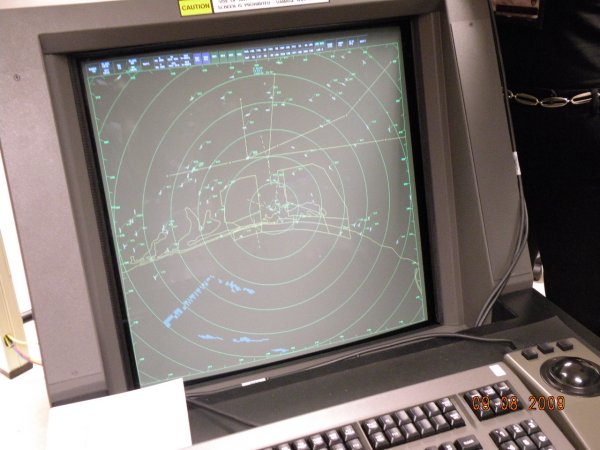
Here`s the front of the STARS console.
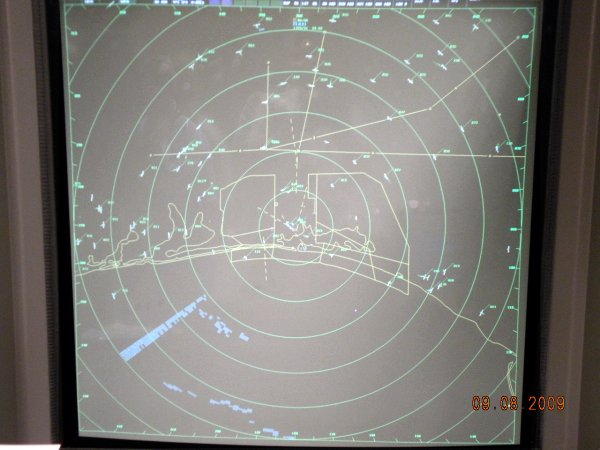
The STARS console display. This is a simulation of the Eglin AFB, FL area.
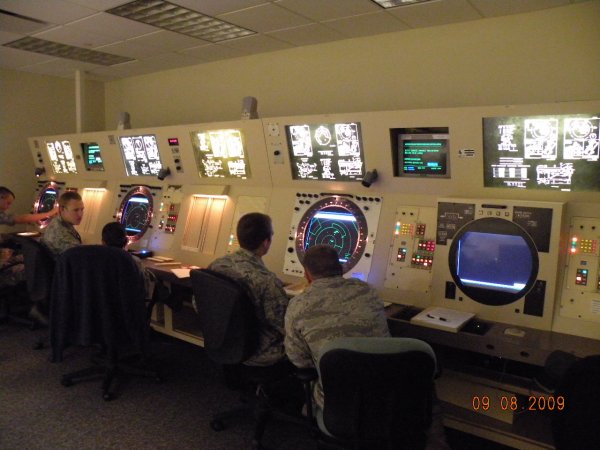
STARS ATC Operations training lab. The students are working simulated aircraft, "piloted" on the other side of the wall by other students.
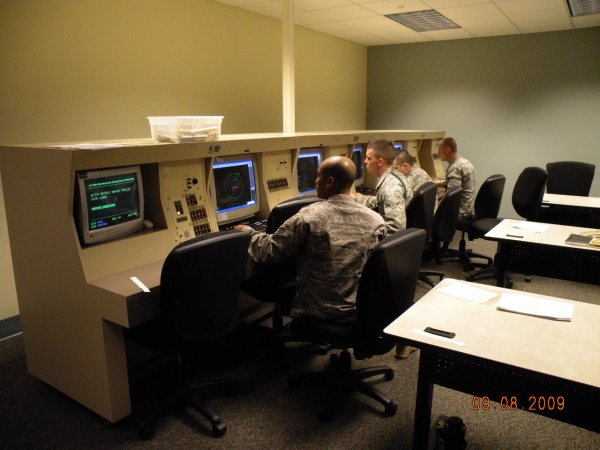
Here are the student simulator "pilots" who are being worked by the STARS operators.

NEXRAD Weather Radar maintenance is taught at KAFB. This is the NEXRAD Lab, with the processor in the background, Transmitter on the left & receiver on the right.
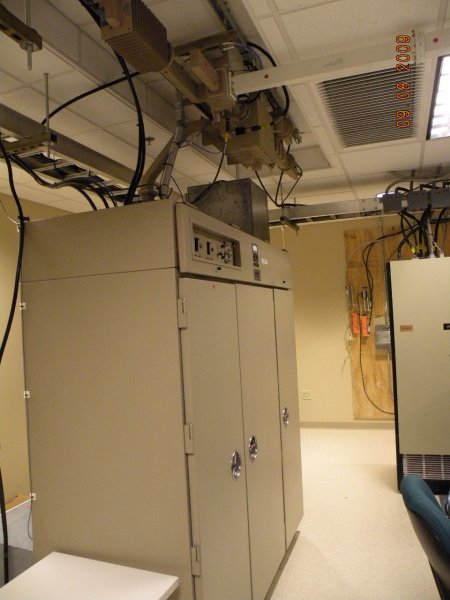
NEXRAD transmitter, note the S-band waveguide on the top.
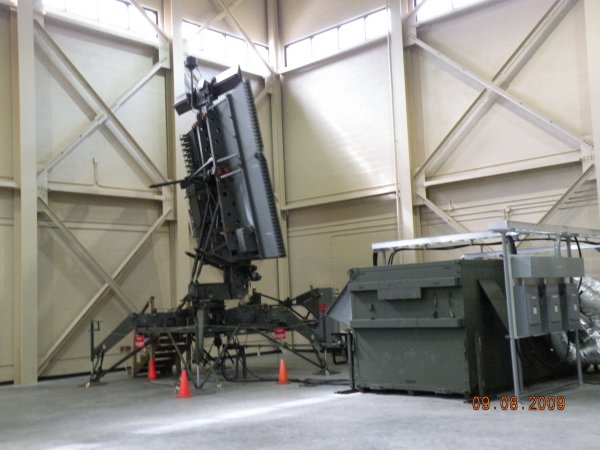
AN/TPS-75 tactical search radar for air battle management. This uses the same transmitter as the later AN/TPS-43 radar, with a phased antenna system.
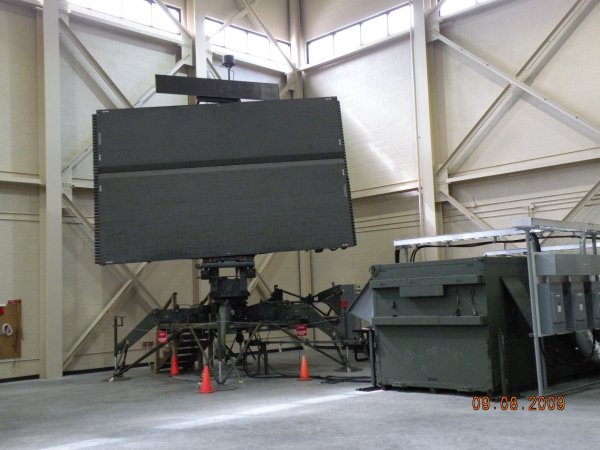
AN/TPS-75 antenna face.

The AN/TPS-75 backside is waveguides & phasing systems. The waveguides are reportedly slotted with many little "windows". A vertical scan of these yields a height-finder beam while the antenna rotates for azimuth.
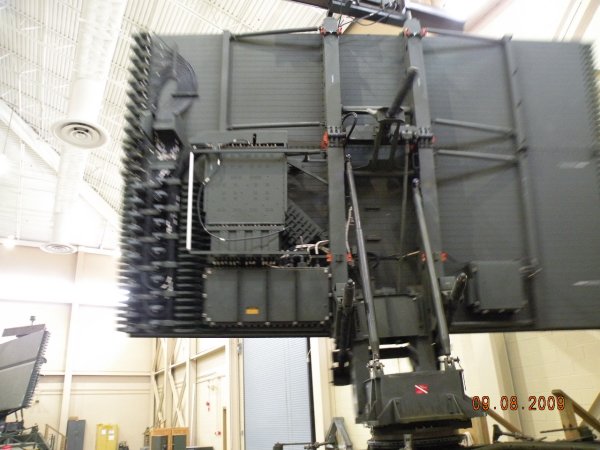
A view of the backside of the AN/TPS-75 antenna. The stack of waveguides & connecting coax can be seen here.